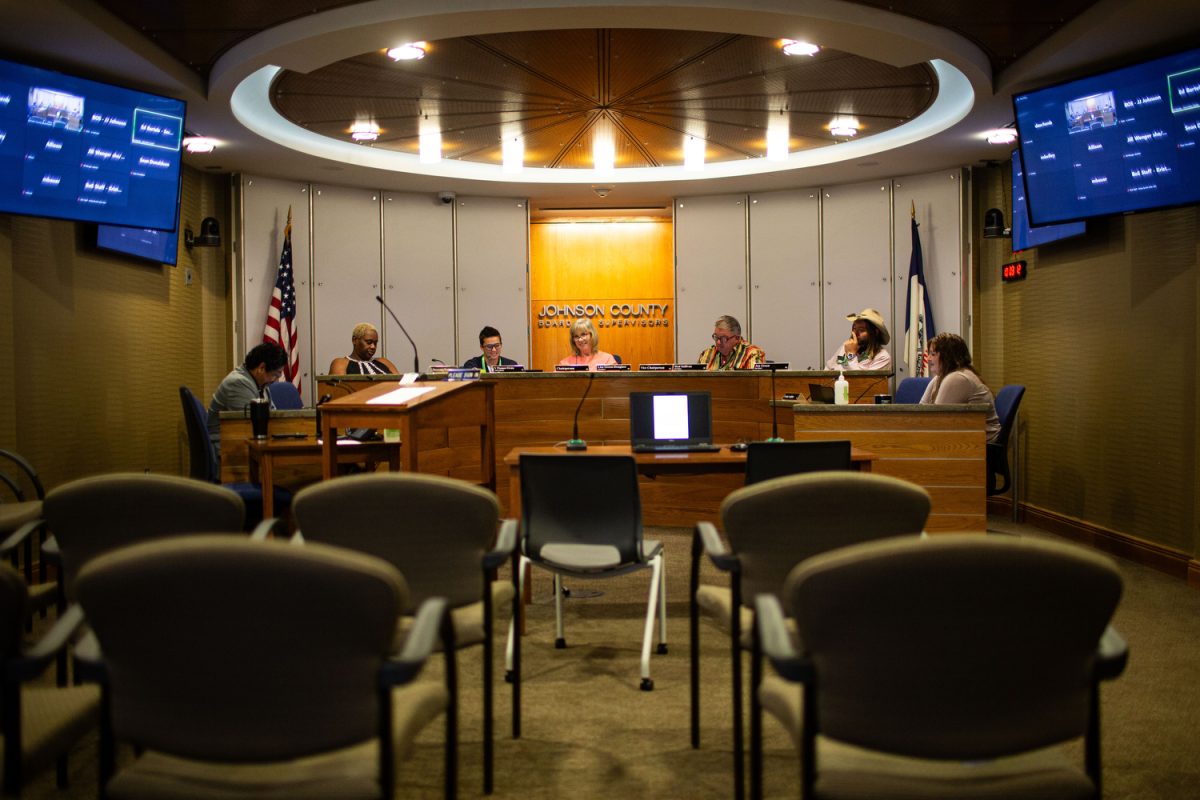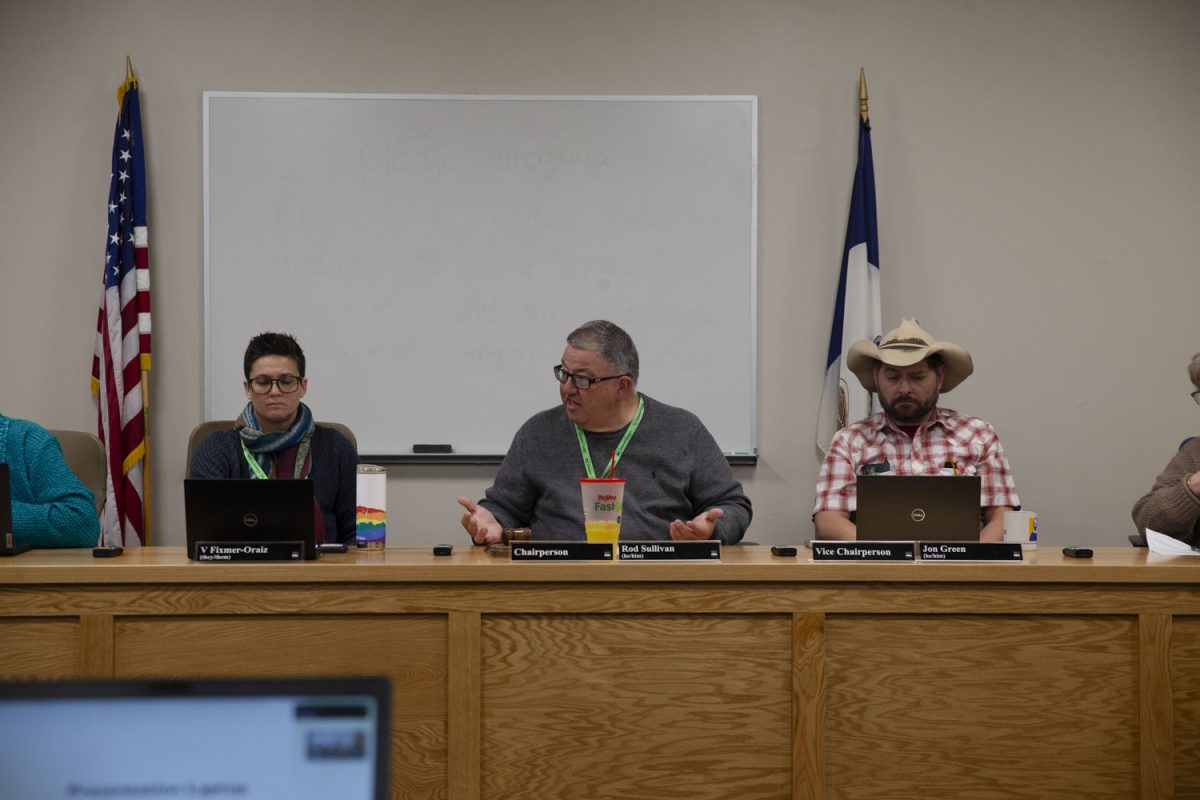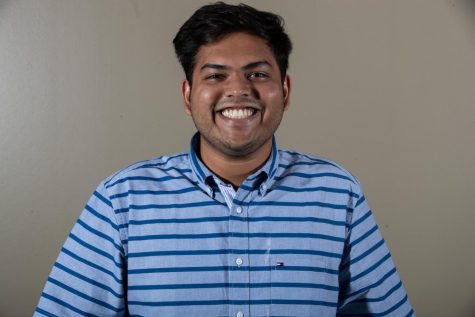The University of Iowa is taking part is a yearlong study to investigate why human papillomavirus vaccines lag behind, compared with other vaccines for adolescent, in rural areas of the state.
“The gap between adolescents being given this vaccine and others is definitely more pronounced in rural areas,” said Natoshia Askelson, the director of the project and a UI assistant professor of community & behavioral health. “We want to know what must be the causes of this gap.”
The HPV vaccine protects against a number of diseases and HPV-related cancers, such as cervical cancer and oral cancer, but vaccination rates across Iowa are below the national average, according to the UI College of Public Health website.
According to the most recent data available, only 21 percent of 13- to 15-year-olds in Iowa had completed the HPV vaccination series in 2015. The study is funded by the National Cancer Institute through the Holden Comprehensive Cancer Center, UI College of Public Health, Iowa Primary Care Association, Iowa Department of Public Health, American Cancer Society, Iowa Cancer Consortium, and local public-health agencies.
The disparity could be due to a wide range of factors, from families being unaware of the vaccine to local clinics not using the best practices. It is important to identify these factors and then work toward overcoming the disparity, Askelson said.
“This is vaccine became available in 2006 and is therefore relatively new,” Askelson said. Because it is new, not a lot of people know about it, and that could be a reason it is not so popular in rural areas.
Although there is a gap between adolescents getting other vaccines in cities, the gap is more significant in rural Iowa.
The results of the study will be used to develop an intervention that could encourage parents in the rural communities to get their children vaccinated. The research would aim at identifying factors that may influence use of the HPV vaccine in rural areas, Askelson said.
“There are so many individuals who die because of cervical cancer, penal cancer, and anal cancer,” Askelson said. “This vaccine is 100 percent effective at preventing cancer.
“We want to identify the factors that could be worked on so that all parents can vaccinate their children.”
The results of the study will be published in an academic journal by late 2018.
“We would also like to go back to the communities and raise awareness of this vaccine,” Askelson said.
Federal health officials have outlined a goal of 80 percent vaccination completion for adolescents by 2020.
“We really hope to achieve that goal by identifying the areas that need to be worked on through this study,” said community & behavioral health research associate Laura Seegmiller.
“Due to various reasons, such as hurdles in transportation and lack of awareness, there is a significant gap between this vaccine given in rural areas as opposed to urban areas,” said Grace Ryan, a graduate research assistant at the Public Policy Center.









